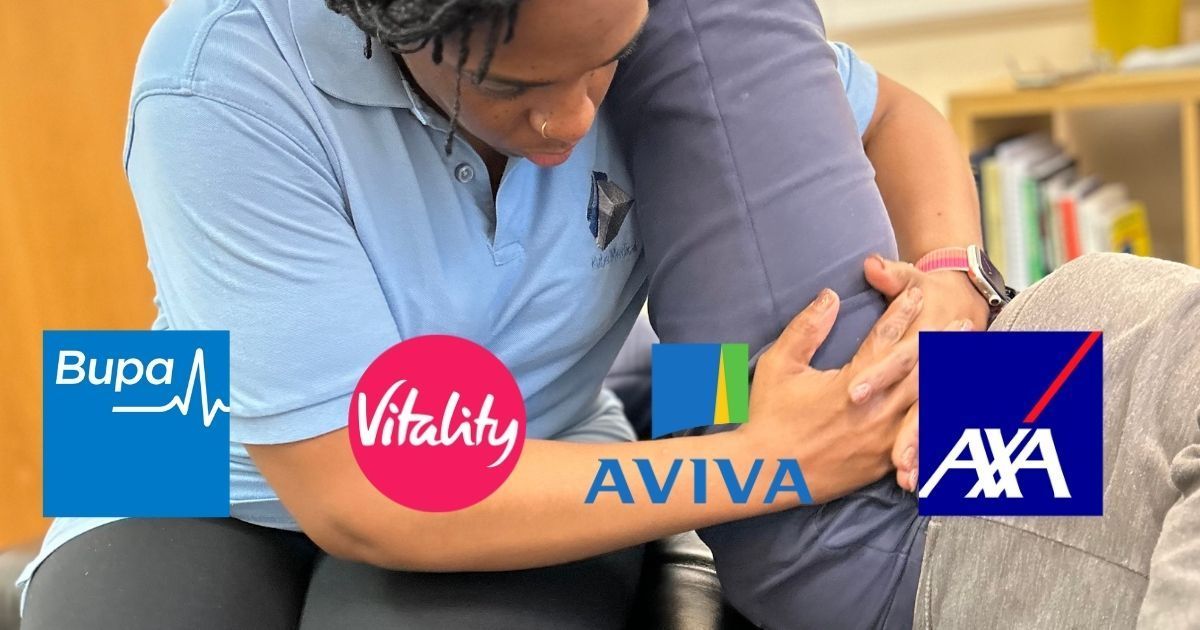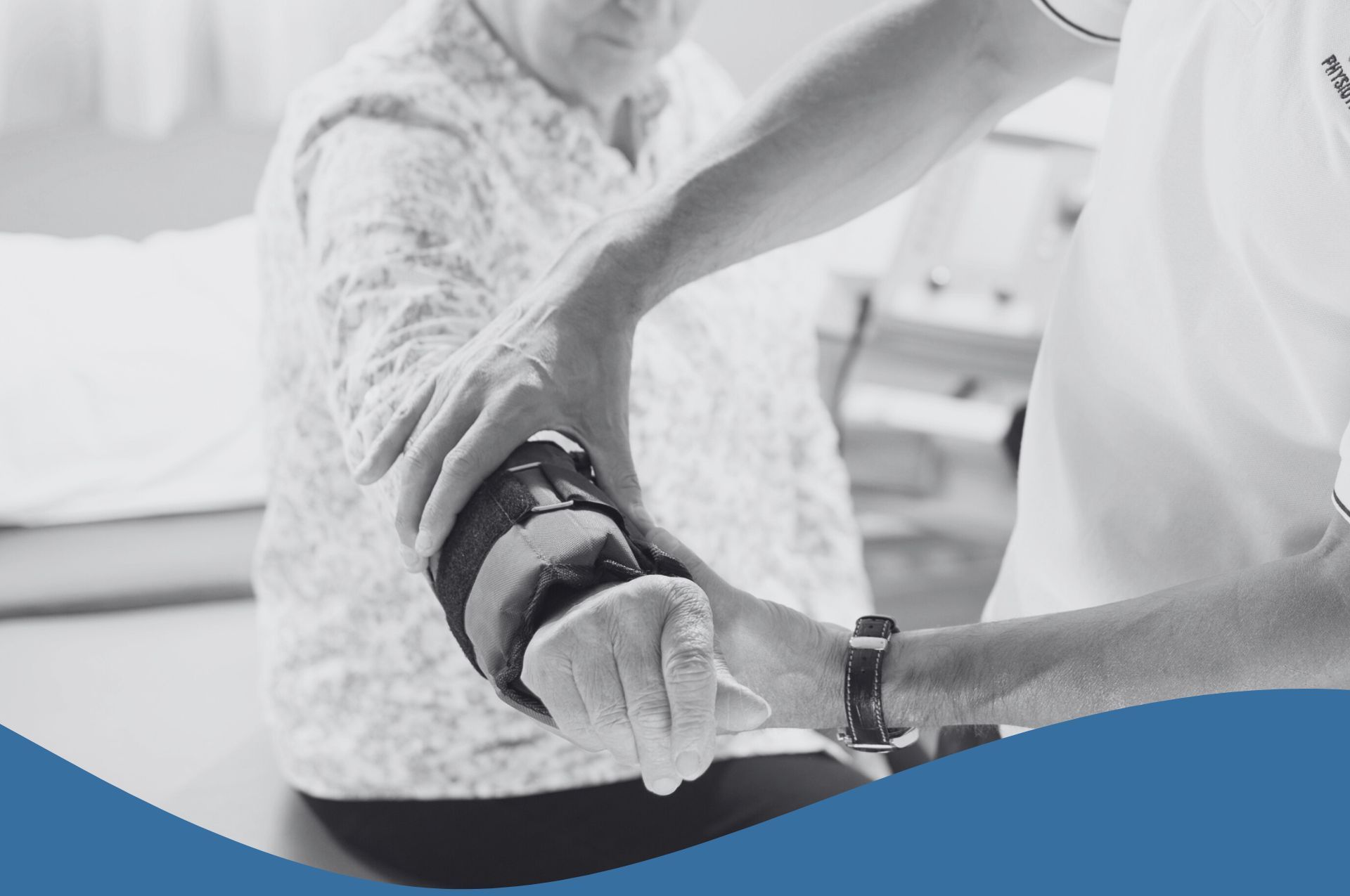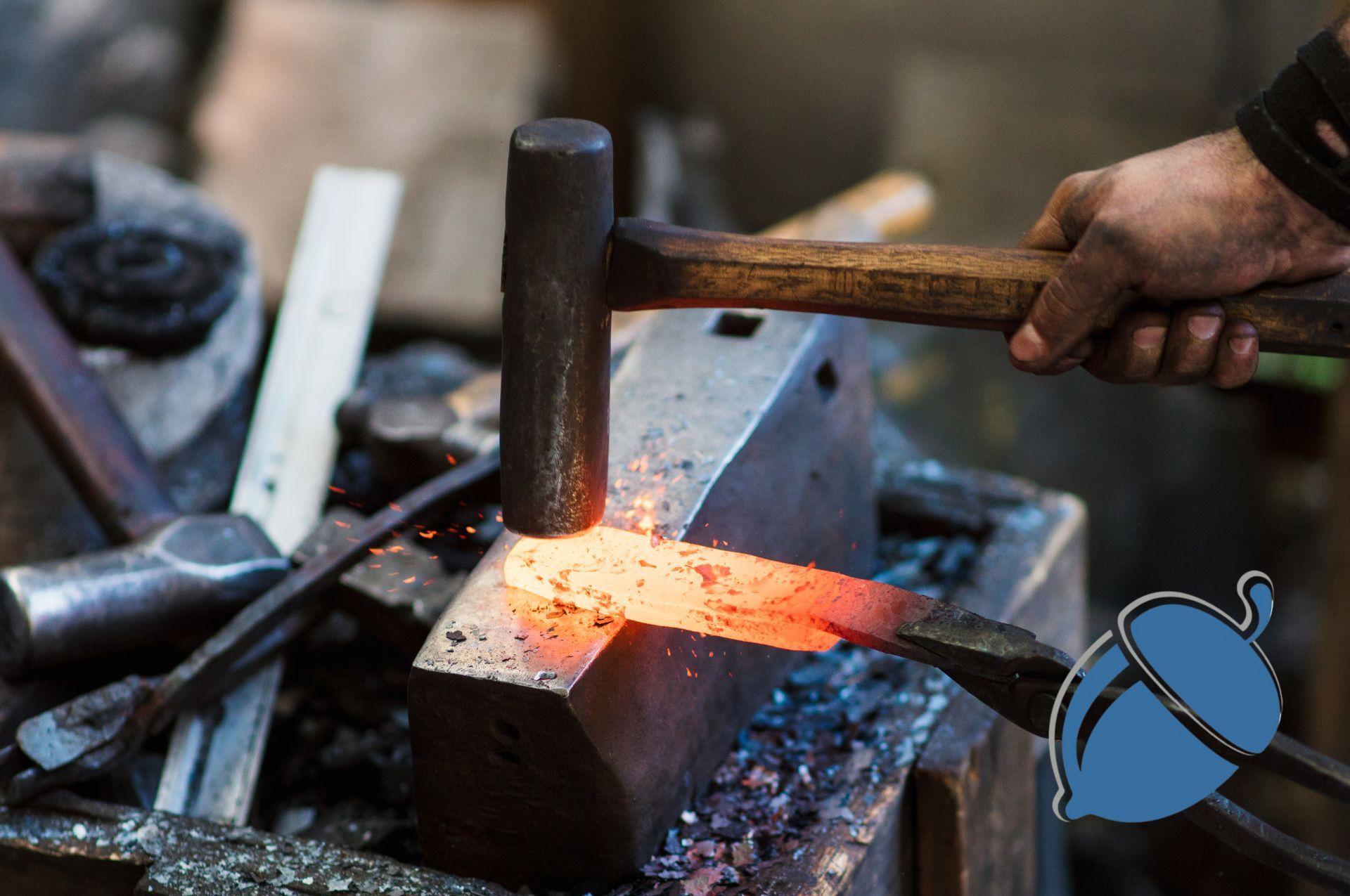About the Author
Karlo is a Physiotherapist in the Kube Medical team and holds a BSc in Physical Therapy from the University of the East, Ramon Magsaysay Memorial Medical Center, Inc. in the Philippines.
Physiotherapy plays a vital role in the recovery process after hip replacement surgery. It aims to improve strength, flexibility, balance, and overall functional abilities. Physiotherapy helps patients regain mobility, reduce pain, and return to their daily activities, thus improving quality of life. It does this using targeted exercises and techniques.
On the other hand, not ignoring rehabilitation after a hip replacement surgery can have several negative effects on a patient's outcomes. Some of them would include slow progress, limited range of motion, muscle weakness, increased risk of complications and overall poor functional outcomes.
While the surgery itself is a significant step towards restoring function, an individualised and comprehensive rehabilitation plan is necessary steps to achieve full recovery and mobility. Here, we will explore the crucial role of physiotherapy in hip replacement rehabilitation, including the benefits, exercises, and evidence-based strategies.
1 - Getting Started with Physiotherapy:
During the early post-operative phase, physiotherapy focuses on pain management, wound care, and gentle range of motion exercises. Gradually, weight-bearing exercises and mobility training are introduced to help patients regain confidence in walking and performing basic movements such as bed mobility and transfers. Physiotherapists will also include patient and client education during this phase.
2 - Pain Management Techniques
Managing pain is an integral part of hip replacement rehabilitation, as well as minimising the risks of complications from immobility following a surgical procedure. Physiotherapists use various pain management techniques, such as manual therapy, and heat or cold therapy. These strategies help alleviate discomfort and facilitate a smoother recovery process.
3 - Strengthening and Range of Motion Exercises
Physiotherapy includes exercises to strengthen the hip muscles, improve joint stability, and enhance range of motion. These may include gentle stretches, resistance training, and targeted exercises for the hip muscles which will be done within a safe and pain-free range. Evidence suggests that structured exercise programs following hip replacement surgery lead to improved function and mobility.
4 - Balance Training
Restoring balance and stability is crucial to prevent falls and improve confidence during daily activities. Physiotherapists incorporate exercises that challenge balance and proprioception to enhance stability when doing activities of daily living and reduce the risk of injuries.
5 - Assistive Devices and Adaptive Equipment
Physiotherapists may recommend the use of assistive devices such as crutches, walkers, or canes during the early stages of rehabilitation. They also provide guidance on proper usage and help patients transition to walking without aids when appropriate. Their prescription would be based on the patient’s overall functional capacity, strength, balance, and risk of falling.
Evidence supports the effectiveness of physiotherapy interventions in optimising functional outcomes after hip replacement surgery. If you are considering or have undergone hip replacement, consult with a qualified physiotherapist to develop an individualised rehabilitation plan tailored to your specific needs.
Each individual's rehabilitation journey may vary. It is essential to consult with your healthcare provider and follow their recommendations for the best outcomes. By incorporating physiotherapy into your hip replacement recovery plan, you can greatly enhance your chances of regaining mobility, reducing pain, and returning to the activities you love.
References:
Please note that the references provided are for illustrative purposes and should not replace professional advice. Consult with your healthcare provider for personalised guidance and recommendations.

About the Author
Karlo is a Physiotherapist in the Kube Medical team and holds a BSc in Physical Therapy from the University of the East, Ramon Magsaysay Memorial Medical Center, Inc. in the Philippines.
He has extensive experience in dealing with post-operative and post-transplant orthopaedic care. Appointments are available with Karlo both in the clinic and as a home visit. Find out more about Karlo on our Meet The Team page.




